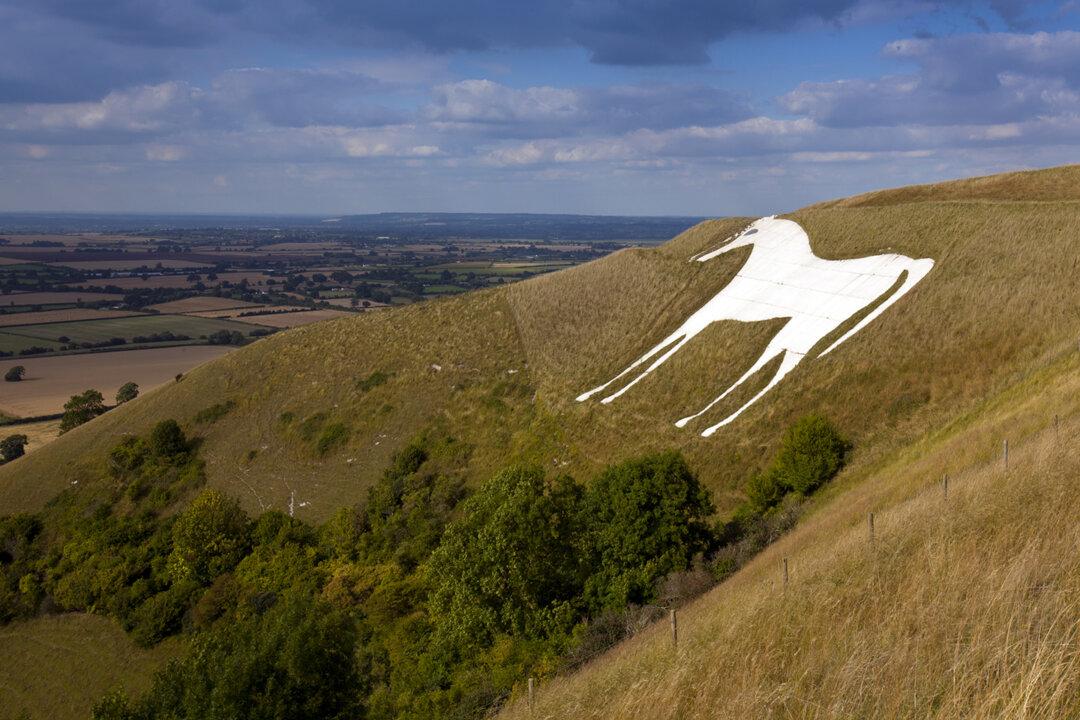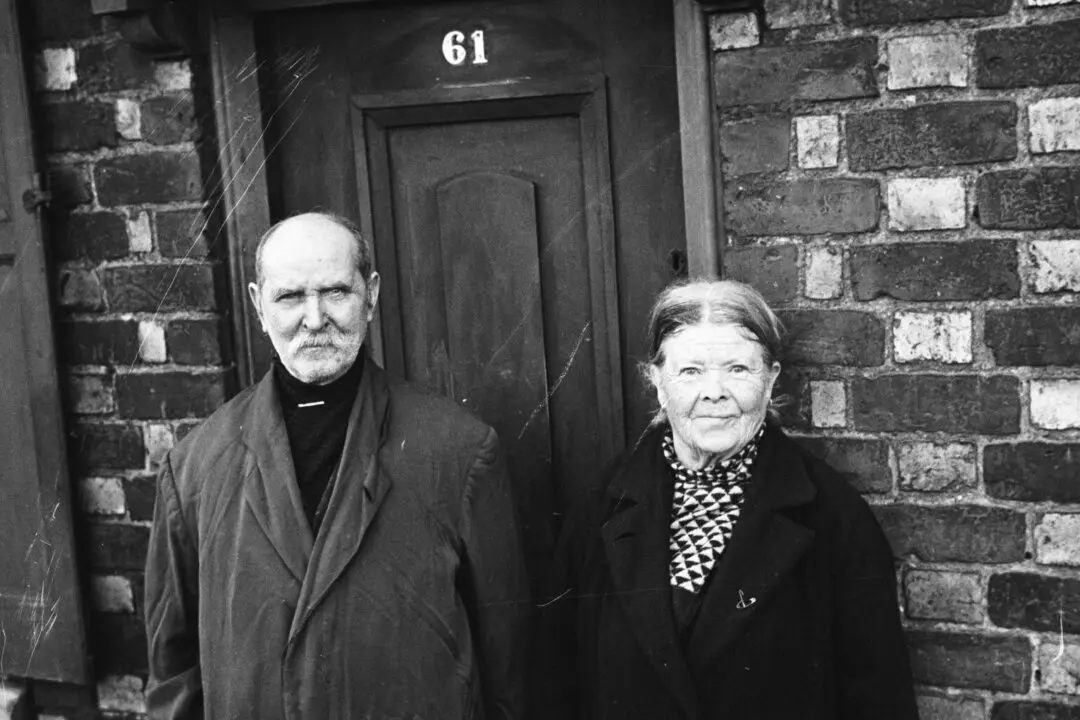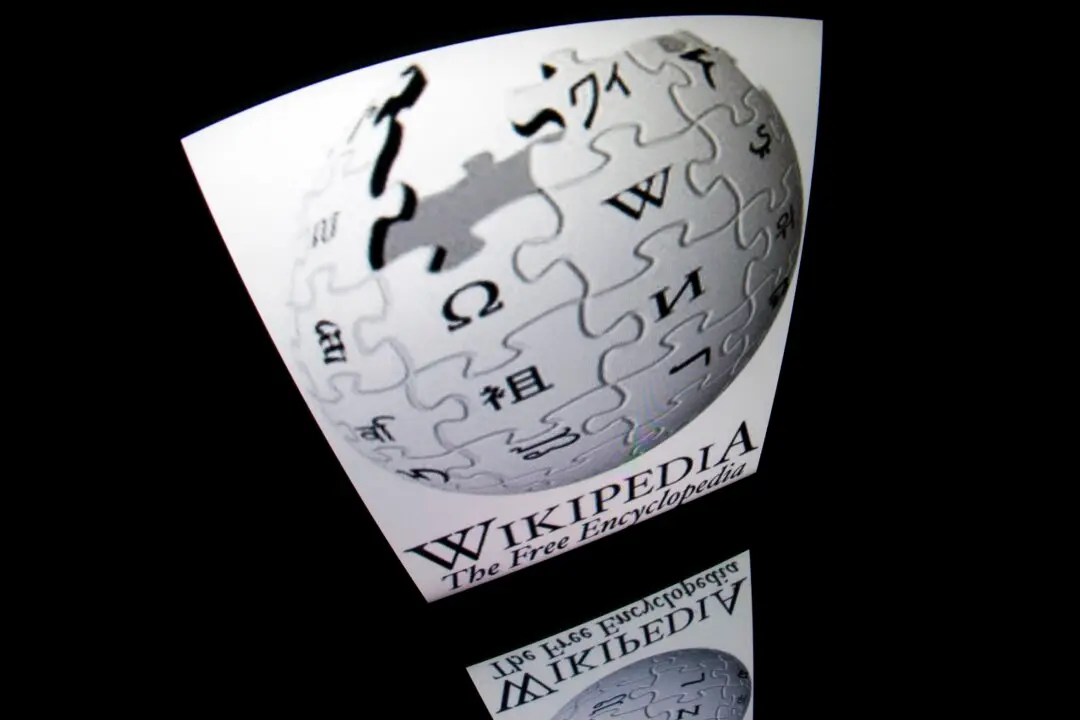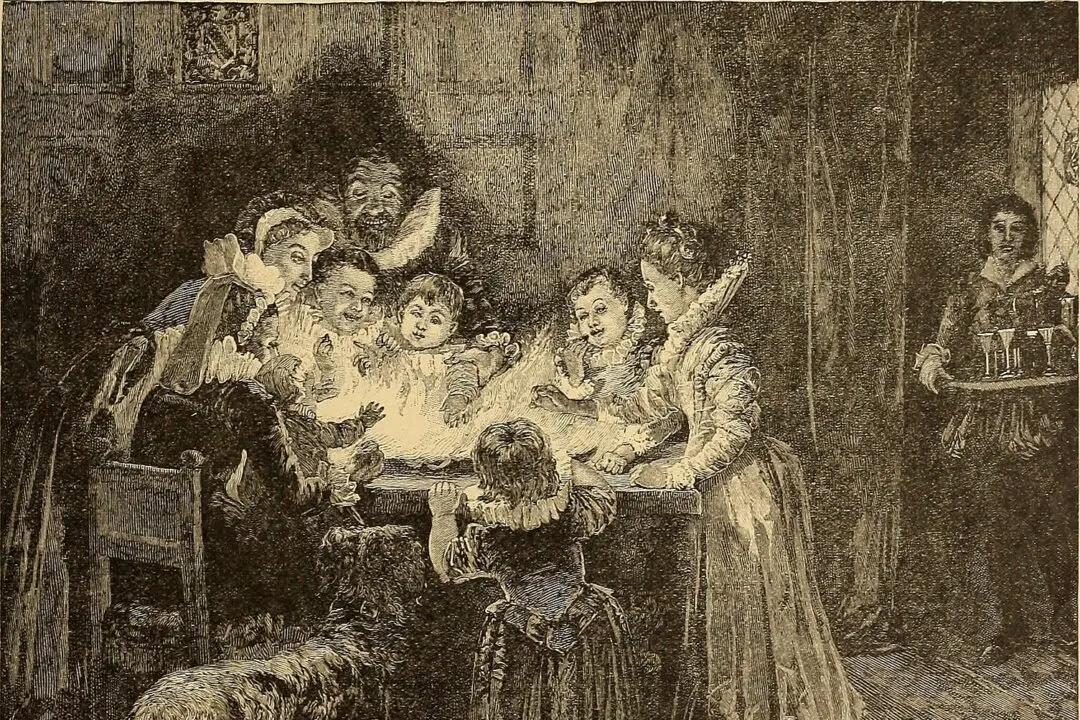Why read legends about world events when you could read accurate historical accounts instead? Why choose fables when you can get facts? In the preface to his narrative poem “The Ballad of the White Horse,” G.K. Chesterton gave a cryptic and thought-provoking answer to that question: “It is the chief value of legend to mix up the centuries while preserving the sentiment; to see all ages in a sort of splendid foreshortening. That is the use of tradition: it telescopes history.” Chesterton’s comment at the beginning of his ballad requires some unpacking to fully understand.
In this ballad, Chesterton tells of a real king, King Alfred the Great, a Christian Anglo-Saxon leader in Britain who stood against the tide of invading pagan Danes in the 9th century. But Chesterton built his narrative not on historical documents, but on “popular traditions.” He argued that without legends, we wouldn’t remember much about King Alfred. He'd be just another king from the dark, tumultuous times after the fall of the Roman Empire. It’s the legends about him that have kept his memory alive.






